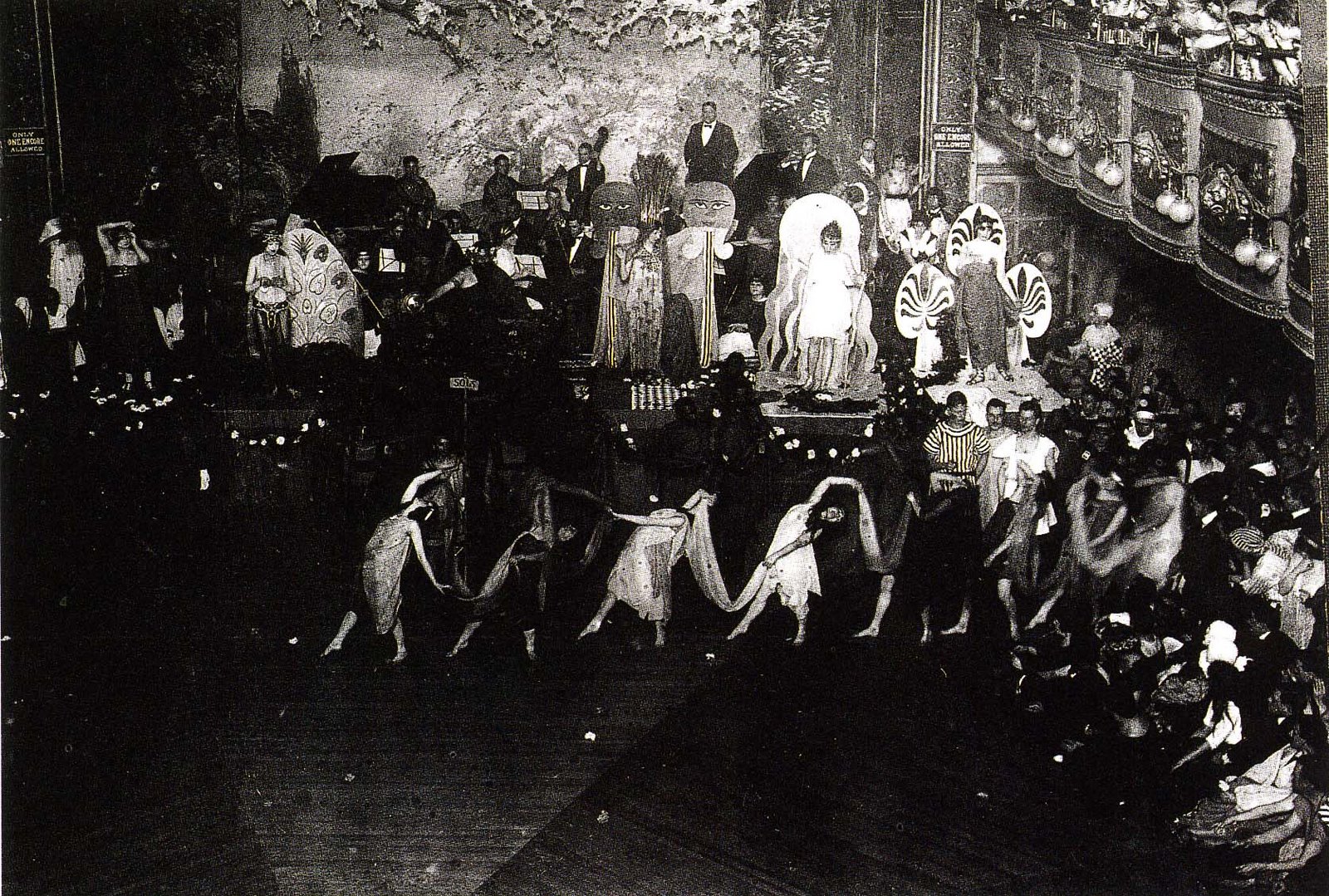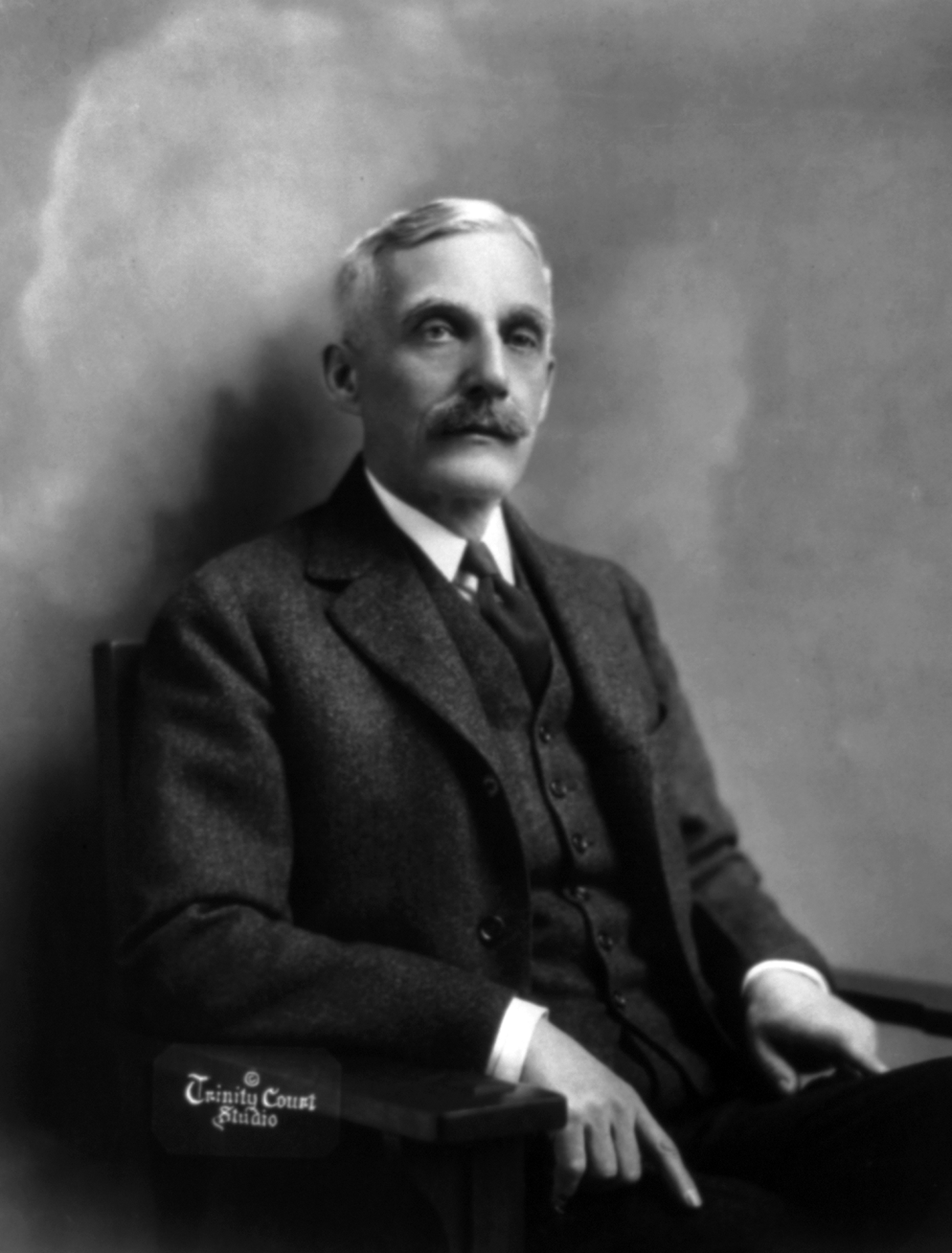|
Jess T. Dugan
Jess T. Dugan (born 1986) is an American portrait photographer and educator, living in St. Louis, Missouri. They are currently the 2020–2021 Henry L. and Natalie E. Freund Teaching Fellow at the Sam Fox School of Design & Visual Arts, Washington University in St. Louis. Their long-term projects, ''Every Breath We Drew'' and ''To Survive On This Shore: Photographs and Interviews with Transgender and Gender Nonconforming Older Adults'' (with Vanessa Fabbre), have been published as books and toured the US as exhibitions, including at Minneapolis Institute of Art and George Eastman Museum (where it is currently on show). They received a Champion of Change Award from the White House in 2015 and the 2019 Infinity Award for Emerging Photographer from the International Center of Photography. Their work is held in the collection of the Museum of Contemporary Photography, Chicago. Early life and education Dugan was born in Biloxi, Mississippi. They received a BFA in Photography from the Ma ... [...More Info...] [...Related Items...] OR: [Wikipedia] [Google] [Baidu] |
Portrait Photography
Portrait photography, or portraiture, is a type of photography aimed toward capturing the personality of a person or group of people by using effective Photographic lighting, lighting, Painted photography backdrops, backdrops, and poses. A portrait photograph may be artistic or clinical. Frequently, portraits are commissioned for special occasions, such as weddings, school events, or commercial purposes. Portraits can serve many purposes, ranging from usage on a personal web site to display in the lobby of a business. History The relatively low cost of the daguerreotype in the middle of the 19th century and the reduced sitting time for the subject, though still much longer than now, led to a general rise in the popularity of portrait photography over painted portraiture. The style of these early works reflected the technical challenges associated with long exposure times and the painterly aesthetic of the time. Hidden mother photography, in which portrait photographs featured y ... [...More Info...] [...Related Items...] OR: [Wikipedia] [Google] [Baidu] |
Gender Variance
Gender variance or gender nonconformity is behavior or gender expression by an individual that does not match masculine or feminine gender norms. A gender-nonconforming person may be variant in their gender identity, being transgender or non-binary, or they may be cisgender. In the case of transgender people, they may be perceived, or perceive themselves as, gender-nonconforming before transitioning, but might not be perceived as such after transitioning. Transgender adults who appear gender-nonconforming after transition are more likely to experience transphobic discrimination. Terminology People who exhibit gender variance may be called ''gender-variant'', ''gender-nonconforming'', ''gender-diverse,'' or ''gender-atypical''. The terms ''gender variance'' and ''gender-variant'' are used by scholars of psychology, psychiatry, anthropology, and gender studies, as well as advocacy groups of gender-variant people themselves. The term ''gender-variant'' is deliberately broad, encompa ... [...More Info...] [...Related Items...] OR: [Wikipedia] [Google] [Baidu] |
Singular They
Singular ''they'', along with its inflected or derivative forms, ''them'', ''their'', ''theirs'' and ''themselves'' (or ''themself''), is a gender-neutral third-person pronoun. It typically occurs with an unspecified antecedent, in sentences such as: :"''Somebody'' left ''their'' umbrella in the office. Could you please let ''them'' know where ''they'' can get it?" :"''The patient'' should be told at the outset how much ''they'' will be required to pay." :"But ''a journalist'' should not be forced to reveal ''their'' sources." This use of singular ''they'' had emerged by the 14th century, about a century after the plural ''they''. It has been commonly employed in everyday English ever since and has gained currency in official contexts. Singular ''they'' has been criticised since the mid-18th century by prescriptive commentators who consider it an error. Its continued use in modern standard English has become more common and formally accepted with the move toward gender-neu ... [...More Info...] [...Related Items...] OR: [Wikipedia] [Google] [Baidu] |
She (pronoun)
In Modern English, ''she'' is a singular, feminine, third-person pronoun. Morphology In Standard Modern English, ''she'' has four shapes representing five distinct word forms: * ''she'': the nominative (subjective) form * ''her'': the accusative (objective, also called the 'oblique'.) form; the dependent genitive (possessive) form * ''hers:'' the independent genitive form * ''herself'': the reflexive form History Old English had a single third-person pronoun – from the Proto-Germanic demonstrative base *''khi''-, from PIE *''ko''- "this" – which had a plural and three genders in the singular. In early Middle English, one case was lost, and distinct pronouns started to develop. The modern pronoun '' it'' developed out of the neuter, singular in the 12th century. ''Her'' developed out of the feminine singular dative and genitive forms. The older pronoun had the following forms: The evolution of ''she'' is disputed. Some sources claim it evolved "from Old English ''seo ... [...More Info...] [...Related Items...] OR: [Wikipedia] [Google] [Baidu] |
Gender Identity
Gender identity is the personal sense of one's own gender. Gender identity can correlate with a person's assigned sex or can differ from it. In most individuals, the various biological determinants of sex are congruent, and consistent with the individual's gender identity. Gender expression typically reflects a person's gender identity, but this is not always the case. While a person may express behaviors, attitudes, and appearances consistent with a particular gender role, such expression may not necessarily reflect their gender identity. The term ''gender identity'' was coined by psychiatry professor Robert J. Stoller in 1964 and popularized by psychologist John Money. In most societies, there is a basic division between gender attributes assigned to males and females, a gender binary to which most people adhere and which includes expectations of masculinity and femininity in all aspects of sex and gender: biological sex, gender identity, and gender expression. Some people do ... [...More Info...] [...Related Items...] OR: [Wikipedia] [Google] [Baidu] |
Non-binary Gender
Non-binary and genderqueer are umbrella terms for gender identities that are not solely male or femaleidentities that are outside the gender binary. Non-binary identities fall under the transgender umbrella, since non-binary people typically identify with a gender that is different from their assigned sex, though some non-binary people do not consider themselves transgender. Non-binary people may identify as an intermediate or separate third gender, identify with more than one gender, no gender (agender), or have a fluctuating gender identity (genderfluid). Gender identity is separate from sexual or romantic orientation: non-binary people have various sexual orientations. Being non-binary is also not the same as being intersex; most intersex people identify as either male or female. Non-binary people as a group vary in their gender expressions, and some may reject gender identity altogether. Some non-binary people are medically treated for gender dysphoria with surgery or ... [...More Info...] [...Related Items...] OR: [Wikipedia] [Google] [Baidu] |
Queer
''Queer'' is an umbrella term for people who are not heterosexual or cisgender. Originally meaning or , ''queer'' came to be used pejoratively against those with same-sex desires or relationships in the late 19th century. Beginning in the late 1980s, queer activists, such as the members of Queer Nation, began to reappropriation, reclaim the word as a deliberately provocative and Gay liberation, politically radical alternative to the more assimilationist branches of the LGBT community. In the 21st century, ''queer'' became increasingly used to describe a broad spectrum of non-normative sexual and/or gender identities and politics. Academic disciplines such as queer theory and queer studies share a general opposition to Gender binary, binarism, normativity, and a perceived lack of intersectionality, some of them only tangentially connected to the LGBT movement. Queer arts, queer cultural groups, and queer political groups are examples of modern expressions of queer identities. ... [...More Info...] [...Related Items...] OR: [Wikipedia] [Google] [Baidu] |
Smithsonian Institution
The Smithsonian Institution ( ), or simply the Smithsonian, is a group of museums and education and research centers, the largest such complex in the world, created by the U.S. government "for the increase and diffusion of knowledge". Founded on August 10, 1846, it operates as a trust instrumentality and is not formally a part of any of the three branches of the federal government. The institution is named after its founding donor, British scientist James Smithson. It was originally organized as the United States National Museum, but that name ceased to exist administratively in 1967. Called "the nation's attic" for its eclectic holdings of 154 million items, the institution's 19 museums, 21 libraries, nine research centers, and zoo include historical and architectural landmarks, mostly located in the District of Columbia. Additional facilities are located in Maryland, New York, and Virginia. More than 200 institutions and museums in 45 states,States without Smithsonian ... [...More Info...] [...Related Items...] OR: [Wikipedia] [Google] [Baidu] |
The Washington Post
''The Washington Post'' (also known as the ''Post'' and, informally, ''WaPo'') is an American daily newspaper published in Washington, D.C. It is the most widely circulated newspaper within the Washington metropolitan area and has a large national audience. Daily broadsheet editions are printed for D.C., Maryland, and Virginia. The ''Post'' was founded in 1877. In its early years, it went through several owners and struggled both financially and editorially. Financier Eugene Meyer purchased it out of bankruptcy in 1933 and revived its health and reputation, work continued by his successors Katharine and Phil Graham (Meyer's daughter and son-in-law), who bought out several rival publications. The ''Post'' 1971 printing of the Pentagon Papers helped spur opposition to the Vietnam War. Subsequently, in the best-known episode in the newspaper's history, reporters Bob Woodward and Carl Bernstein led the American press's investigation into what became known as the Watergate scandal ... [...More Info...] [...Related Items...] OR: [Wikipedia] [Google] [Baidu] |
Washington, D
Washington commonly refers to: * Washington (state), United States * Washington, D.C., the capital of the United States ** A metonym for the federal government of the United States ** Washington metropolitan area, the metropolitan area centered on Washington, D.C. * George Washington (1732–1799), the first president of the United States Washington may also refer to: Places England * Washington, Tyne and Wear, a town in the City of Sunderland metropolitan borough ** Washington Old Hall, ancestral home of the family of George Washington * Washington, West Sussex, a village and civil parish Greenland * Cape Washington, Greenland * Washington Land Philippines *New Washington, Aklan, a municipality *Washington, a barangay in Catarman, Northern Samar *Washington, a barangay in Escalante, Negros Occidental *Washington, a barangay in San Jacinto, Masbate *Washington, a barangay in Surigao City United States * Washington, Wisconsin (other) * Fort Washington (other) ... [...More Info...] [...Related Items...] OR: [Wikipedia] [Google] [Baidu] |
National Portrait Gallery (United States)
The National Portrait Gallery is a historic art museum between 7th, 9th, F, and G Streets NW in Washington, D.C., in the United States. Founded in 1962 and opened to the public in 1968, it is part of the Smithsonian Institution. Its collections focus on images of famous Americans. The museum is housed in the historic Old Patent Office Building, as is the Smithsonian American Art Museum. History Founding of the museum The first portrait gallery in the United States was Charles Willson Peale's "American Pantheon" (also known as "Peale's Collection of Portraits of American Patriots"), established in 1796. It closed after two years. In 1859, the National Portrait Gallery in London opened, but few Americans took notice.Thompson, Bob. "Who Gets Into the National Portrait Gallery, and Why?" ''Washington Post.'' June 13, 1999. The idea of a federally owned national portrait gallery can be traced back to 1886, when Robert C. Winthrope, president of the Massachusetts Historical Society, ... [...More Info...] [...Related Items...] OR: [Wikipedia] [Google] [Baidu] |





